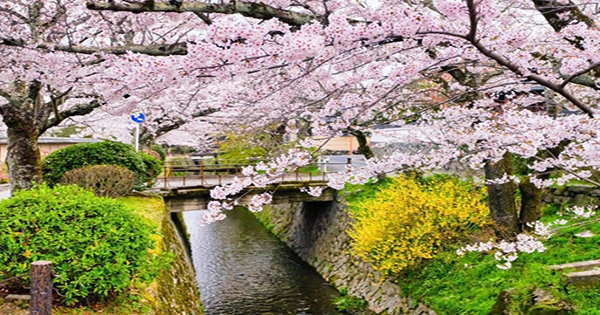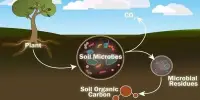The city of Kyoto in Japan has been known for its hanami, or cherry blossom gazing, since the dawn of time. The trees in the historic city burst into blossom every year between April and May, inviting visitors from all over the world to experience what is widely considered an iconic harbinger of spring. Spring is arriving sooner and earlier these days, owing to climate change. The cherry blossoms in Kyoto are blooming 11 days earlier than they would be without the effects of human-caused climate change, according to a new study published in the IOP journal Environmental Research Letters. Extremely early flowering dates are now 15 times more likely than they would otherwise be.
“Not only have human-induced climate change and urban warming already impacted cherry blossom flowering dates in Kyoto,” said Nikos Christidis, lead author of the paper and a climate scientist with the UK’s Met Office, “but… extremely early flowering dates, such as in 2021, are now… expected to occur at least once a century.” Last year, the cherry blossoms bloomed on March 26 for the first time in almost 1,000 years. The trees were in full bloom by April 1 this year.

Although cherry blossom gazing dates back over 1,200 years, the belief that the blooms herald the arrival of spring is based on sound science. Cherry blossoms don’t bloom unless the temperature is enough enough to trigger it for several days in a row — it’s a cunning method to avoid those sporadic January hot days when a tree could otherwise try to sprout in the snow. That temperature is usually achieved in Kyoto starting in March, when the city hits around 9-10°C — but Christidis told New Scientist that without human impact, it would be closer to 5-6°C.
“This material has been discovered in a variety of sources, including the records of the Emperor,” Christidis told New Scientist. “Since ancient times, the blooming of cherry blossoms in Kyoto has been a significant event in Japan.” Climate change has accelerated the blooming of cherry blossoms by around six days, according to the study, but it isn’t the only human-caused factor. Cities become warmer as they become more industrialized and expand, due to man-made factors such as roadways not absorbing sunlight as well as waste energy from refrigerators and air conditioners.
Warmer temperatures in Kyoto are driving cherry blossoms to bloom five days sooner than they would outside of the city, which the team proved by comparing temperatures from a meteorological station in Kyoto’s downtown area with a station in Kameoka’s rural area. The researchers discovered that if greenhouse gas emissions continue at their current levels, the 11-day total – six from climate change and five from urbanization – will rise by nearly a week. “By 2100, [early flowering] episodes are expected to happen every few years, when they will no longer be regarded extraordinary,” Christidis said.
















